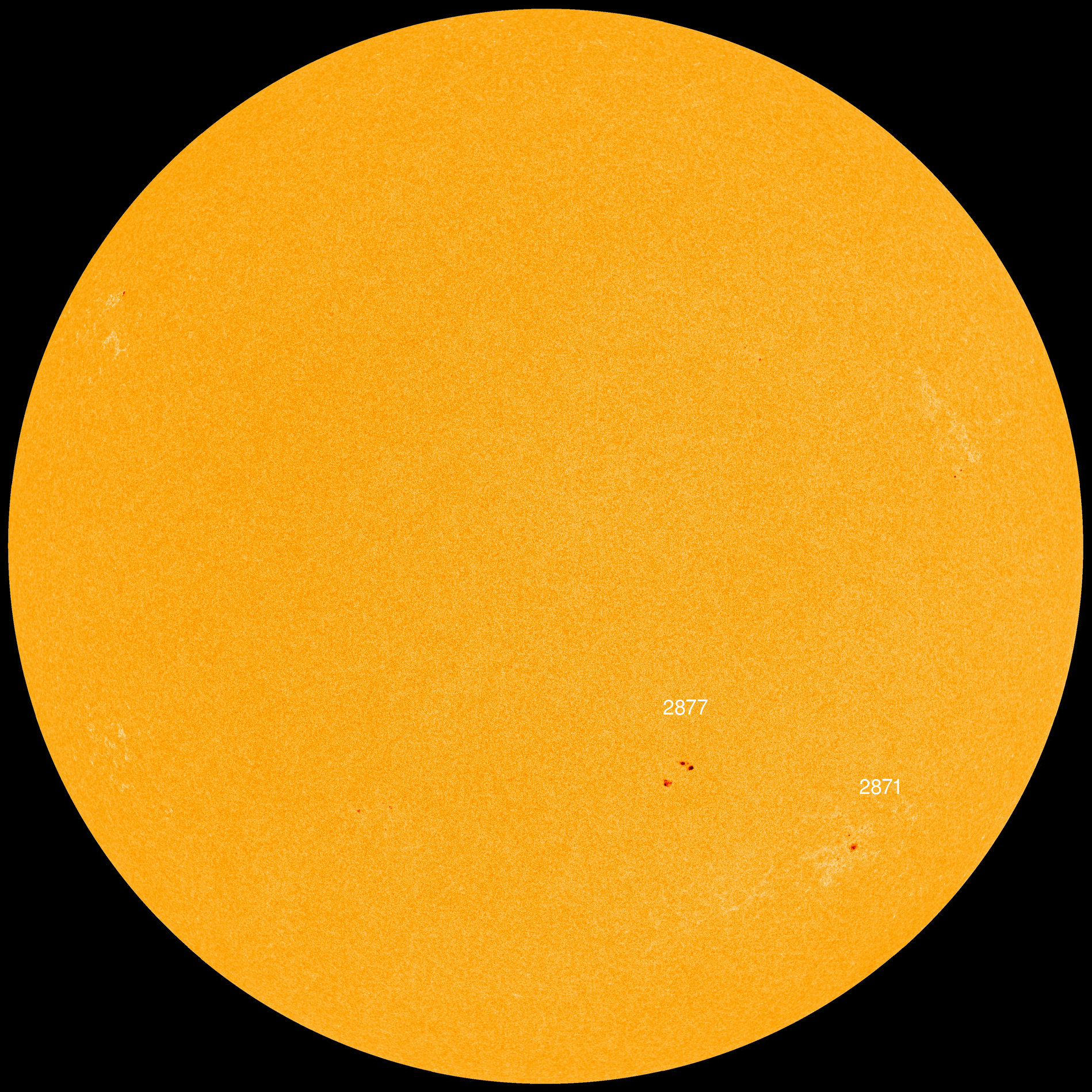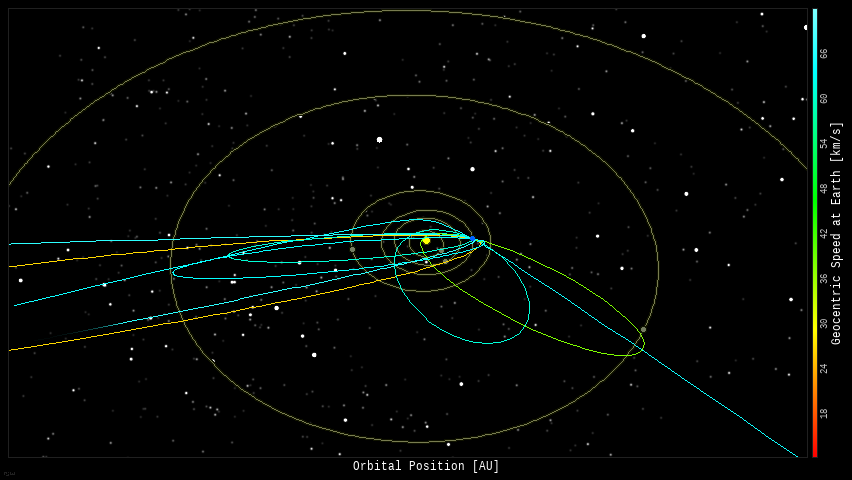Last Call for ACME Workshop Sign-ups!
The sign-up period for our 2022 Astronomy for Catholics in Ministry and Education (ACME) Workshop ends soon!
This four day workshop is sponsored by the Vatican Observatory Foundation, and designed for those working in education in Catholic schools and parishes. You will get an up-to-date overview of the universe: from the Big Bang, to the search for life in the universe, to our exploration of the planets…as seen through the eyes of the Jesuits priests and brothers who work at the Vatican’s own astronomical observatory.
I attended this workshop back in 2019 when it was called the “Faith and Astronomy Workshop,” it’s a wonderful experience for educators! I’m hoping to present something again. The cover image for this post is a mash-up of two images I took from 2019.
For more information and to sign-up for the workshop, click here!
Michigan Astronomers ROCK!
During last week’s Astronomy at the Beach event, a young girl and her mother joined us during an online session; they were in upper Michigan, at a very dark sky location, with a brand new telescope that they had no idea how to use.
You should have seen all these Michigan astronomers fall all over each other trying to help this young lady via remote – which proved difficult. Someone mentioned binoculars and they had set with them – and went to get them! They ended up getting a remote sky tour, and I heard a couple “Wows” as someone used the binoculars!
We encouraged them to contact an astronomy club for help when they got back home – I think they got something like 5 offers for help! Like I said, Michigan astronomers rock!
Endeavour Space Academy 2021 Launches!
My wife and I held our first meeting of our after-school astronomy and space science club, where we explained to the students what we wanted to do over the year. Several of the students were very interested in building and launching model rockets!
Only a few of the students had looked through a telescope, and another few had looked through binoculars – only one student currently owned a telescope. I had them all look through my small tabletop refractor at something on the wall – noting how the image was flipped. Everyone also looked out the window with my binoculars – that got a couple “Wows!”
I brought up Stellarium-Web and showed the students where to look for Jupiter, Saturn and Venus after sunset – we also showed them where to look for the constellation Orion in the morning; several of the students had never heard of Orion… MAN! I have work to do!
Our discussions took a couple tangents, and we showed images of the comet Shoemaker-Levy 9 “String of pearls” and Jupiter impacts, and videos of the Chelyabinsk meteor impact – neither of which the students had heard of.

Feels great to be doing this again!

Jupiter and Saturn … *ahem* … still continue to appear in the southeastern sky after sunset all week.

Venus *ahem* continues to appear low above the southwestern horizon after sunset.

The Moon appears near the star Regulus in the eastern sky before sunrise on Oct. 3rd.

Orion appears high in the southern sky before sunrise all week; the Moon appears near the star Pollux in the early morning eastern sky on Sept. 30th.

The Winter Triangle asterism appears in the southeastern predawn sky.


- The Moon is at Third Quarter on Monday September 28th – rising around midnight, and is visible to the south after sunrise.
- After Monday, the Moon will be a Waning Crescent – visible low to the east before sunrise.

If you click on the Moon image above, or click this link, you will go to NASA’s Moon Phase and Libration, 2021 page – it will show you what the Moon looks like right now. If you click the image on that page, you will download a high-rez TIFF image annotated with the names of prominent features – helpful for logging your lunar observations!
Moon News:

The Sun has 2 spots – SpaceWeather.com says: “AR2871 has a ‘beta-gamma’ magnetic field that harbors energy for M-class solar flares.”

You can view the Sun in near real-time, in multiple frequencies here: SDO-The Sun Now.
You can create your own time-lapse movies of the Sun here: AIA/HMI Browse Data.
You can browse all the SDO images of the Sun from 2010 to the present here: Browse SDO archive.
Amateur Solar Astrophotography

Solar Corona
Solar wind speed is 524.0 km/sec ▲▲ WOW! with a density of 6.2 protons/cm3 ▼ at 1515 UT.
Click here to see a near real-time animation of the corona and solar wind from the Solar & Heliospheric Observatory (SOHO).
Sun News:

- Near-Earth Objects (NEOs) discovered this month: 270, this year: 2073 (+11), all time: 26,903 (+5)
- Potentially Hazardous Asteroids (PHAs): 2207 (updated 2021-09-14)
- Total Minor Planets discovered (NASA): 1,113,527 (updated 2021-08-17) – not been updated for weeks.
- Total Minor Planets discovered (MPC): 1,116,788 (+13,680, updated 2021-09-28)
Upcoming Earth-asteroid encounters:
| Asteroid | Date(UT) | Miss Distance | Velocity (km/s) | Diameter (m) |
| 2021 RG19 | 2021-Sep-28 | 2.2 LD | 15.4 | 42 |
| 2021 RM5 | 2021-Sep-30 | 10.9 LD | 4.1 | 18 |
| 2021 RF2 | 2021-Sep-30 | 7.3 LD | 5.4 | 25 |
| 2021 ST | 2021-Oct-06 | 6 LD | 9.1 | 23 |
| 2021 RP12 | 2021-Oct-06 | 5 LD | 9.7 | 42 |
| 1998 SD9 | 2021-Oct-06 | 10.6 LD | 10.8 | 59 |
| 2015 TQ21 | 2021-Oct-07 | 10.7 LD | 20.7 | 12 |
| 2021 RF5 | 2021-Oct-10 | 19.9 LD | 8.8 | 47 |
| 2021 QF5 | 2021-Oct-11 | 15.4 LD | 7.1 | 55 |
| 2019 SE5 | 2021-Oct-11 | 16.3 LD | 6.6 | 16 |
| 2020 TH6 | 2021-Oct-19 | 7.3 LD | 5.9 | 6 |
| 1996 VB3 | 2021-Oct-20 | 8.8 LD | 15.3 | 135 |
| 2021 RE10 | 2021-Oct-21 | 15.5 LD | 5.1 | 56 |
| 2017 SJ20 | 2021-Oct-25 | 18.7 LD | 15.7 | 123 |
| 2019 UW6 | 2021-Oct-26 | 8 LD | 11.1 | 17 |
| 2009 WY7 | 2021-Nov-02 | 19.2 LD | 14.7 | 54 |
| 2017 TS3 | 2021-Nov-02 | 13.9 LD | 9.9 | 135 |
| 2005 VL1 | 2021-Nov-04 | 17 LD | 5.2 | 18 |
| 2020 KA | 2021-Nov-06 | 14.9 LD | 4.8 | 11 |
| 2019 XS | 2021-Nov-09 | 1.5 LD | 10.7 | 65 |
| 2017 WG14 | 2021-Nov-10 | 18.6 LD | 11.6 | 45 |
| 2004 UE | 2021-Nov-13 | 11.1 LD | 13.2 | 178 |
| 2016 VR | 2021-Nov-15 | 8 LD | 8.7 | 20 |
| 2010 VK139 | 2021-Nov-15 | 6.4 LD | 13.9 | 65 |
| 2019 VL5 | 2021-Nov-15 | 8.6 LD | 8 | 23 |
| 2016 JG12 | 2021-Nov-20 | 14.4 LD | 7.5 | 112 |
| 2021 KH2 | 2021-Nov-21 | 19.3 LD | 6.5 | 31 |
| 3361 | 2021-Nov-21 | 15.1 LD | 8.1 | 555 |
| 2014 WF201 | 2021-Nov-24 | 13.2 LD | 5.5 | 27 |
| 2009 WB105 | 2021-Nov-25 | 15.1 LD | 18.9 | 71 |
| 2019 BB5 | 2021-Nov-25 | 18.8 LD | 8.3 | 16 |
Asteroid News:

On September 27, 2021, the NASA All Sky Fireball Network reported 7 fireballs!
(7 sporadics)

Fireball News:
If you see a bright meteor or a fireball, please REPORT IT to the American Meteor Society and the International Meteor Organization!

Position of the planets & several spacecraft in the inner solar system on September 28th:

Position of the planets in the middle solar system:

Position of the planets in the outer solar system:

Solar System News

See a list of current NASA missions here: https://www.jpl.nasa.gov/missions?mission_status=current

ex·o·plan·et /ˈeksōˌplanət/, noun: a planet orbiting a star other than the Sun.
Data from the NASA Exoplanet Archive
* Confirmed Planets Discovered by TESS refers to the number planets that have been published in the refereed astronomical literature.
* TESS Project Candidates refers to the total number of transit-like events that appear to be astrophysical in origin, including false positives as identified by the TESS Project.
* TESS Project Candidates Yet To Be Confirmed refers to the number of TESS Project Candidates that have not yet been dispositioned as a Confirmed Planet or False Positive.
Exoplanet News:

- Visit an International Dark Sky Park: https://www.darksky.org/our-work/conservation/idsp/parks/
- If you live in Michigan, visit the Michigan Dark Skies site: https://sites.lsa.umich.edu/darkskies/

Education and STEM
Spitzer Space Telescope – Weird Universe
Two massive black holes are locked in a dance at the center of the OJ 287 galaxy. The larger black hole is surrounded by disk of gas; it is also orbited by a smaller black hole that collides with the disk, producing a flare brighter than 1 trillion stars. But because the system’s complex physics affects the smaller black hole’s orbit, the flares occur irregularly. Scientists used NASA’s Spitzer Space Telescope to detect one of these bright flashes on July 31, 2019, confirming that they can now anticipate the timing of these flares to within four hours using a detailed model of the system.
In the second half of the video, the animated diagram on the left illustrates the orbit of the smaller black hole (the red dot) around the larger black hole (the stationary white dot) and its collisions with the disk of gas (the pink line), which occur twice per orbit. The years of the collisions are indicated below the diagram and in the graphic on the right shows, dating to 1886. After more than 16 years of operations in space, Spitzer was retired on Jan. 30, 2020.
Credit: NASA/JPL/Abhimanyu Susobhanan (Tata Institute of Fundamental Research)
To read the full story, visit https://go.nasa.gov/3eY8vY5
What I was listening to while I was writing this:
Software Apps used for this post:
NASA Eyes on the Solar System: an immersive 3D solar system and space mission simulator – free for the PC /MAC.
SpaceEngine: a free 3D Universe Simulator for Windows. Steam version with VR support available.
Stellarium: a free open source planetarium app for PC/MAC/Linux. It’s a great tool for planning observing sessions. A web-based version of Stellarium is also available.




